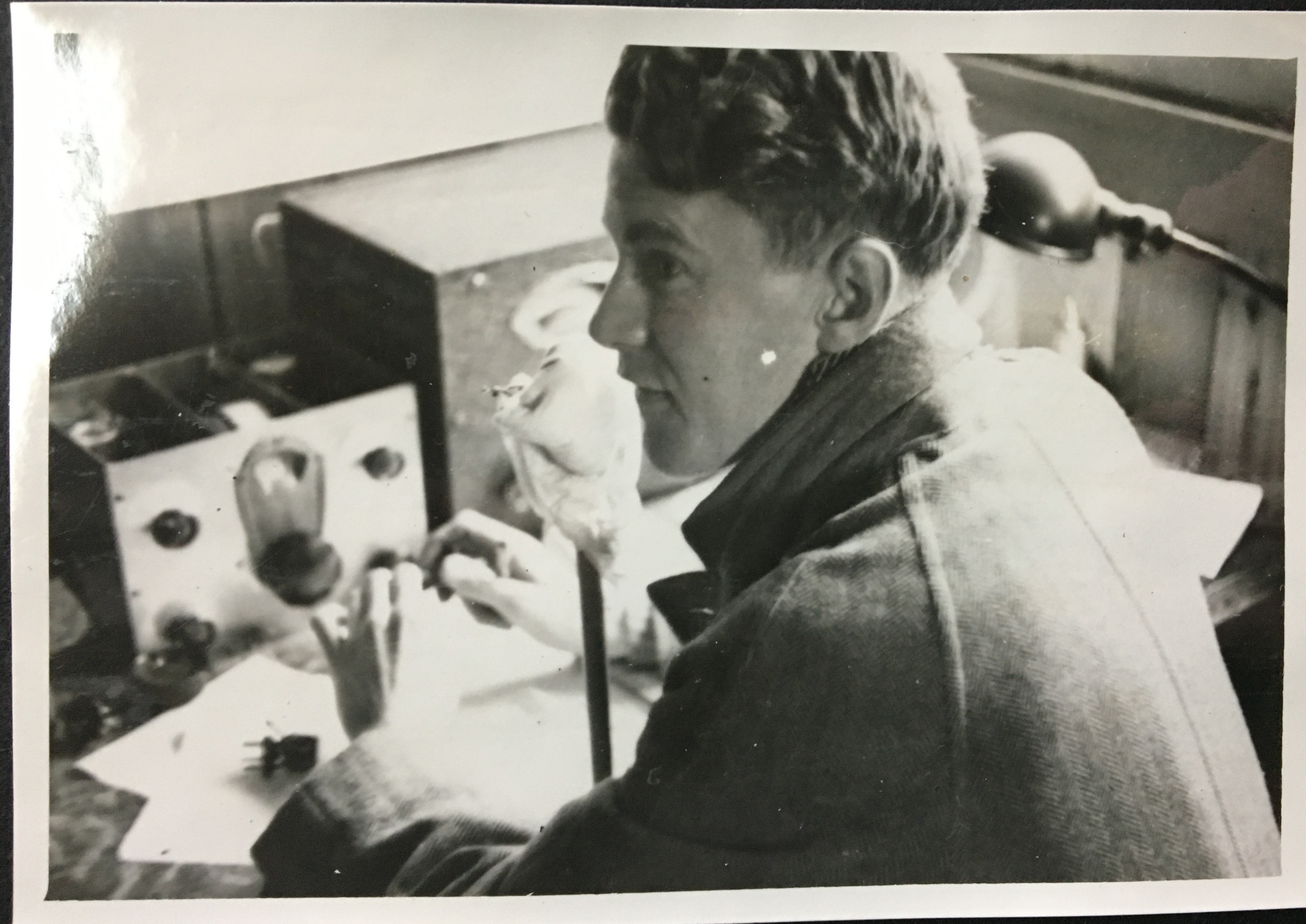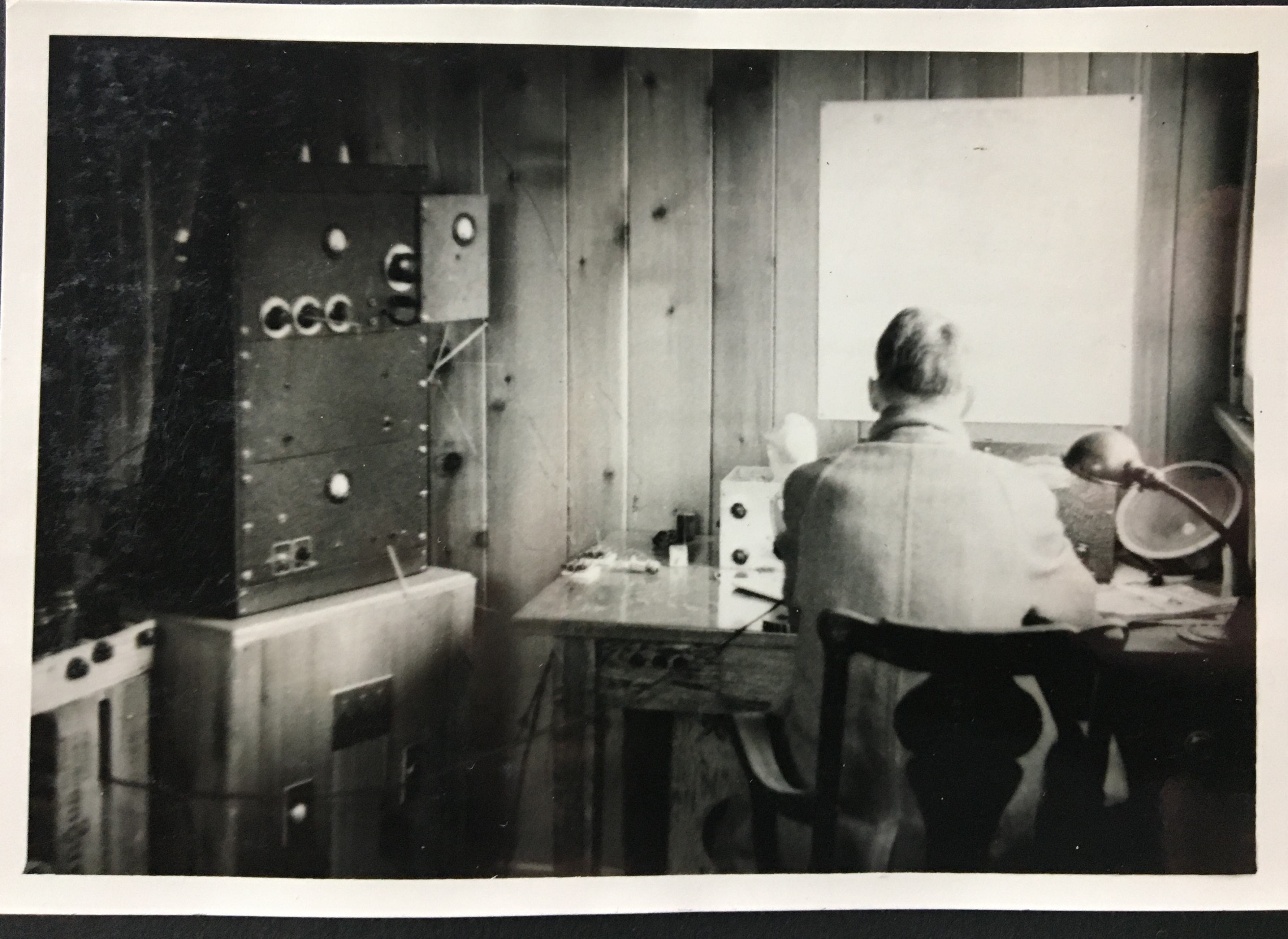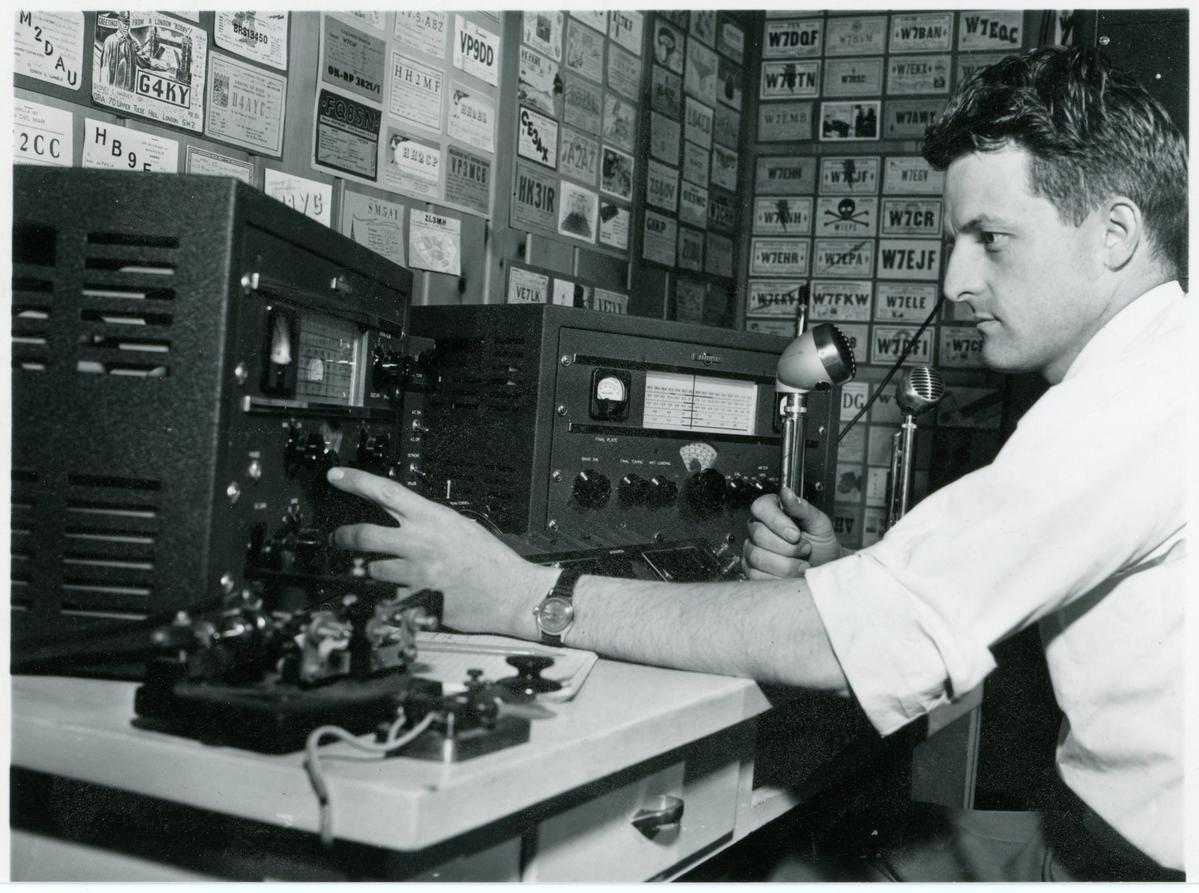 March 4, 2020 Editor: Paul Bourque, N1SFE | ||||
IN THIS ISSUE
To get better at CW Contesting, there's no substitute for participating in real contests -- but the next best thing is a simulation of real contests. Morse Runner by Alex, VE3NEA, is a CW Contest simulator that provides a realistic contesting experience, including "lid" (poorly behaved) operators, varying band conditions, robot operators that make sending mistakes - everything you might find in a real contest. It's available any time on your Windows computer. It has an integration with N1MM Logger+ that has been steadily improved by the N1MM Logger+ development team. With the latest improvements, you can practice for the CQ WPX CW contests using N1MM Logger+ -- just in time to get in a lot of practice before the next one May 30-31, 2020. The Phone "leg" of the ARRL International DX Contest is the upcoming weekend. The exchange for DX is signal report and power. On phone, you'll probably hear "five nine 'kay" an aural (oral?) cut number equivalent of "59 1000." You may hear a lot of CW contest activity the weekend of March 14, but US operators should sit this one out - it's the RSGB Commonwealth Contest (also known as BERU), only open to the UK and Crown Dependencies (UK&CD), and Commonwealth and Mandated Territories. Contacts with US amateurs don't count. Also on the weekend of March 14 are the Oklahoma, Idaho, Wisconsin, and QCWA QSO parties, and the 4-hour long North American RTTY Sprint contest. BUSTED QSOS There were a few links in the email edition of the last issue that were broken. All have been corrected on the website version. On the website, back issues are available to 2002! Complete information for all contests follows the Conversation section 5 Mar - 19 Mar 2020 March 5 March 6 March 7
March 8 March 9 March 11
March 12 March 13 March 14
March 15
March 16 March 17 March 18 Some amateurs have a special fondness for their first rigs. There are events and contests for that, like the Novice Rig Roundup. Today's first rigs for hams look a lot different than yesteryear, maybe built around a Raspberry Pi 4 carrrying a Radioberry SDR Pi Hat... See KB6NU's blog for one person's homebrewed Novice rig for today's enthusiastic hams. Surprise your fellow contest club members by getting their call signs into MorseRunner CW practice sessions! You'll need to follow the instructions mentioned by Mark, K5GQ, in the N1MM Logger+ group (instructions originally developed by Jim, AA5W), which involve using the MEdit tool. According to Mark, he's "created five files that my CWops CW Academy students use" and notes that the number of callsigns used must be limited -- - "The master.dat from http://www.supercheckpartial.com is too large." By the way, MorseRunner source code is hosted on Github if you really want to go wild with your own modifications. While contesters are adversely affected by intense solar activity that causes radio blackouts, scientists think that whales may be also be adversely affected by solar storms. By examining statistics of whale strandings collected over a number of years, higher numbers of strandings appear correlated with increased solar storm activity. Tom, N1MM, suggested an article on how to adjust the ClearType feature of Microsoft Windows 10 for better readability with any Microsoft Windows application. (Tom, N1MM, via N1MM group) Jeff, WK6I, is looking for additional pictures taken during the ARRL RTTY Roundup in January: "I do have a few nice photos for the QST article, but could use more. High-resolution photos may get published in the magazine! Please email photos to me at wk6i.jeff@gmail.com directly." He also reminds that it's still possible to sponsor a plaque. "You'll get recognition in QST, earn the admiration of your fellow hams, enjoy the warm feeling you get when you give something back to the ham community, and receive the appreciation of the recipient. Talk about a bargain! It costs $80 to sponsor a plaque. Email contests@arrl.org for plaque availability and to secure your spot." Rusty, W6OAT, posted to the Western Washington DX Club reflector: "For anyone who needs the UN HQ entity (4U1UN), there is a multi-single effort planned for the ARRL SSB DX Contest this coming weekend. The ops will be K2QI, KO8SCA, N2RJ and OH2BH. Unfortunately, the station does not have antennas for either 80m or 160m, so they will be operating only from 40m to 10m. Because 4U1UN is DX in this contest, they will be looking to work only USA and Canadian stations!" Low Tones Amateur Radio RTTY communication traditionally uses two frequencies, mark and space, with a 170 Hz offset. Traditionally during receive two audio tones are decoded at 2125 Hz and 2295 Hz. Other frequencies can be used, as long as the offset remains 170 Hz. "Low tones" for RTTY refers to alternate mark and space frequencies, for example 1275 Hz and 1445 Hz, that may be easier to hear or more tolerable to listen to for extended periods of time.
You can use a search engine to find all sorts of advice on how to clean keyboards, mice, phones, etc. to reduce the chances of germ transmission. Here's one that doesn't overly promote a particular brand and even talks about a DIY cleaning solution that won't injure your gear. Ward, N0AX, submits: "The preliminary results for the February 2020 CW North American Sprint are available at ncjweb.com. Congratulations to N2IC for his win from New Mexico in the HP category. 155 logs were received and activity was consistent throughout the contest -- about two QSOs per second on average. Peak activity was reached after most competitors moved to 40 meters about an hour and 10 or 20 minutes into the contest. The full results article by N3BB is being prepared and an announcement will be made when it is posted online." The results of the 2019 JARTS WW RTTY Contest are online. The JARTS contest sponsors did not award points for QSOs made on DX beacon frequencies, or those made without observance of "existing band plans." "The results of the 2019 FT Roundup are now final and online. If you are interested in seeing your LCR (log checking report), please send your request to Ed, W0YK." (Ed, W0YK) Get to Know Multiplier Band Plans It pays to be familiar with the frequency allocations of some of the multipliers you might need in a particular contest. If you're looking for the Japan multiplier on 160 meters in a CW contest, you'll have to look or CQ between 1.810 and 1.825 MHz, or between 1907.5 and 1912.5 MHz. Those are the only places that JA hams are allowed to operate on 160 meters. In a DX phone contest, you'll hear stations outside the USA operating on 40 meters starting at 7.050 MHz. US frequency allocations for phone operation on 40 meters start at 7.125 MHz, depending on license class. Pieter, N4IP, tweeted about getting a FPGA-based 16 channel SDR with beamforming working; he's been sharing the details in the conversation... A temporary solution for equipment requiring mounting in standard 19-inch racks can be found at IKEA, of all places. The IKEA "Lack" table has legs spaced at a perfect distance for the equipment. Here's a web page devoted to all of the particular details. While You Were Contesting... On a recent Sunday afternoon at about 3 pm local time - 2300z - my cellular phone started to display "No Service" in the usual location of the network name and signal strength. I was at my computer at the time, and thought it odd. I check my email like a nervous tic, and with alarm noticed that I was being warned by my email provider that I'd logged in "using my phone" from a location in California. Unfortunately, I was sitting at home near Seattle. I immediately suspected what this was about - that I'd just been SIM Swapped by someone attempting to take over something in my digital life. My suspicion was confirmed when I saw additional messages in additional email accounts reporting attempted access to other financial sites. If you use any type of online service, you're often asked to provide your cell phone number so you can be sent security messages to verify your identity and intent. A code is sent via text message, or sometimes a robot voice call, and that code is typed in addition to a username and password to secure a bank account or other some other important login. The original intent in using text messages in this way was that even if a username and password were compromised, that text message would be a last line of defense to prevent hackers from gaining access. Unfortunately, it didn't take long for criminals to figure out how to steal the phone number (and phone service) from cellular phones, and intercept these text messages as well. Once they have all the pieces, they can gain access. Unless you have specifically placed safeguards on your cell phone account with additional PINs (six digits or more) and have blocked all porting requests without presence at a phone store, your account is vulnerable. Within 40 minutes of noticing "No Service," I was at my provider's retail store with my ID and cellular phone in hand, explaining what had happened. I was fortunate to speak with an employee who realized that speed was paramount, and within 10 minutes he'd canceled the criminal's SIM, my original SIM (that no longer worked anyway), and I had a new SIM in my phone. I also had an additional multi-digit security code on my account, and a notation that no porting requests were allowed without presentation of a government-issued ID. In the end, I was fortunate. Thankfully, I wasn't too engrossed in the weekend's activities to pay attention to my cellular phone. My online account that was targeted had additional safeguards previously set up - verification codes that were time based, not text based. The criminals were not able to gain access. The cost incurred was a few hours of my time, some peace of mind, and a heightened sense of paranoia that it might happen again. I suspect the reason that I'd been targeted in the first place is that the account provider had suffered a data breach - otherwise, how would the criminals know that I had an account id, correlated with a particular phone number and email address? If you have online accounts "safeguarded" with text message verification, you may want to investigate making security around those accounts even stronger. And, it's best to be vigilant, even during contests. That's all for this time. Remember to send contesting related stories, book reviews, tips, techniques, press releases, errata, schematics, club information, pictures, stories, blog links, and predictions to contest-update@arrl.org. 73, Brian N9ADG 5 Mar - 19 Mar 2020 An expanded, downloadable version of QST's Contest Corral is available as a PDF. Check the sponsors' website for information on operating time restrictions and other instructions. HF CONTESTS CWops Mini-CWT Test, Mar 4, 1300z to Mar 4, 1400z and, Mar 4, 1900z to Mar 4, 2000z and, Mar 5, 0300z to Mar 5, 0400z; CW; Bands: 160, 80, 40, 20, 15, 10m; Member: Name + Member No., non-Member: Name + (state/province/country); Logs due: March 7. VHF+ CONTESTS SARL VHF/UHF Analogue Contest, Mar 14, 1200z to Mar 15, 1000z; Analog (CW/SSB/AM/FM); Bands: 50 MHz, 70 MHz, 144 MHz, 432 MHz, 1296 MHz; RS(T) + 6-character grid locator; Logs due: April 6. Also see F9AA Cup, SSB, above. 5 Mar - 19 Mar 2020 March 5, 2020 March 6, 2020 March 7, 2020 March 8, 2020 March 10, 2020 March 11, 2020 March 12, 2020 March 13, 2020 March 14, 2020 March 15, 2020 March 16, 2020 March 17, 2020 March 18, 2020 ARRL Information Click here to advertise in this newsletter, space subject to availability. Your One-Stop Resource for Amateur Radio News and Information ARRL membership includes a choice of one print magazine: QST, the monthly membership journal, or On the Air, ARRL's new bimonthly publication for beginner and intermediate hams. All ARRL members can access both magazines digitally. Subscribe to NCJ - the National Contest Journal. Published bimonthly, features articles by top contesters, letters, hints, statistics, scores, NA Sprint and QSO Parties. Subscribe to QEX - A Forum for Communications Experimenters. Published bimonthly, features technical articles, construction projects, columns and other items of interest to radio amateurs and communications professionals. Free of charge to ARRL members: Subscribe to The ARRL Letter (weekly digest of news and information), the ARES E-Letter (monthly public service and emergency communications news), Division and Section news -- and much more! ARRL offers a wide array of products to enhance your enjoyment of Amateur Radio. Visit the site often for new publications, specials and sales. Donate to the fund of your choice -- support programs not funded by member dues! Reprint permission can be obtained by sending email to permission@arrl.org with a description of the material and the reprint publication. ACKNOWLEDGEMENTS ARRL Contest Update wishes to acknowledge information from WA7BNM's Contest Calendar and SM3CER's Contest Calendar. | ||||









